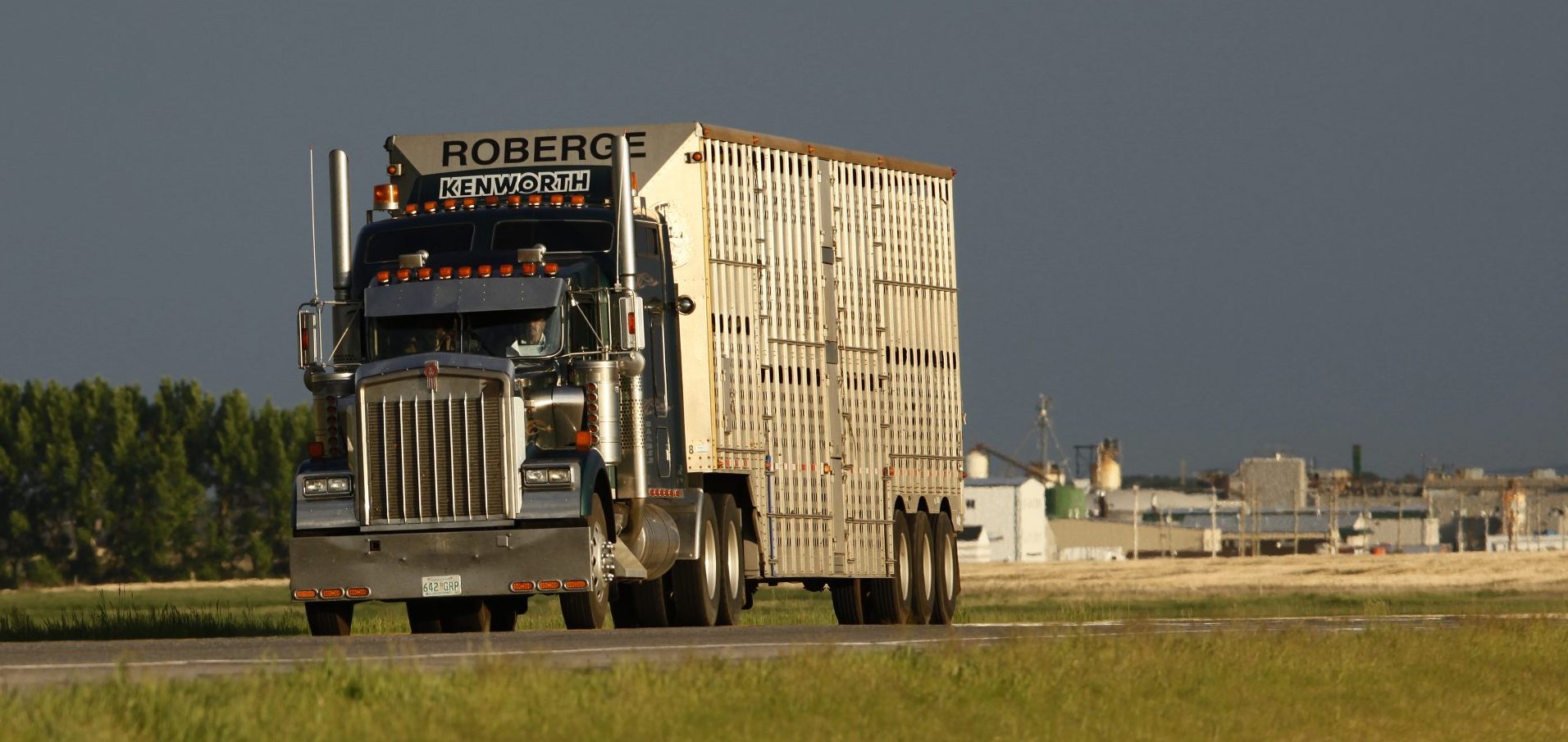AB Direct - Steers
Rail: 493.00-495.00 del
AB Direct - Heifers
Rail: 493.00-495.00 del
US Trade- Steers
Rail: 355.00 (IA, NE)
US Trade - Heifers
Rail: 355.00 (IA, NE)
Canadian Dollar
0.06

Beef trade: It’s complex
Trade is currently in the spotlight with the new trump administration, sparking discussions about its importance and how evolving trade practices influence industries.
I want to start by saying that if you are seeking detailed and up-to-date trade information, ABPdaily.com is an excellent resource. Alberta Beef Producers collaborates closely with other national and provincial organizations, including the Government of Alberta, to ensure industry relevant updates are readily available.
Determining the beneficiaries of trade is not straightforward. Further, the economic and logistical complexities make it challenging to identify clear winners or losers. What’s evident, however, is the interdependence of the beef industries in Canada and the United States.
In 2023, the trade of feeder calves highlighted this bidirectional relationship. While 129,010 feeder calves moved south to the U.S., a significantly larger number—287,945—headed north into Canada. On the other hand, 355,097 fed cattle were exported from Canada to American packing plants. This movement can be seen as the U.S. consuming our product, but it also represents an opportunity for American companies to add value by readying it for market. This process supports jobs and bolsters the local economy, further adding complexity to the trade debate.
You might be asking yourself, ‘if those calves didn’t come up, would we send as many cattle down?’ Fair question. The main point is that more buyers of feeders or fats mean better, more consistent prices for producers. Similarly, with packers, given the limited number of large-scale packers in Canada, it is logical for producers to leverage opportunities south of the border. This opens up more price discovery for feeders and ensures that bids by Canadian plants remain competitive, while feeders have access to more options.
A key feature of this trading relationship is its flexibility, driven by fluctuating conditions such as crop yields. For instance, a strong corn harvest in the U.S. or a weaker barley crop in Canada can shift trade dynamics significantly. This adaptability functions as a stabilizer for both producers and consumers, balancing supply and demand across borders.
Between 2021 and 2023, the aggregate value of agricultural imports underscores a robust trading system. Canada imported an average of $27.5 billion in agricultural products annually from the U.S., while the U.S. imported $36.3 billion annually from Canada. At first glance, these figures suggest a disparity, but this must be contextualized. Canada’s population of approximately 40 million contrasts sharply with the U.S. population of about 335 million. On a per capita basis, Canadian consumers imported an average of $710 worth of U.S. agricultural goods, while U.S. consumers imported $107 worth of Canadian agricultural products.
Trade cannot be reduced to raw numbers or a simple analysis of advantages and disadvantages. The entire supply chain—from producers to consumers—benefits from a stable and efficient trade system. Using the 2023 example, the loss of or major changes to trade would reduce market opportunities and have ripple effects across the supply chain, which spans both countries.
Change may be coming; it may not, but global demand for high-quality beef remains. The system we have for trade is advantageous to all in that it promotes stability and competitiveness. Hopefully, those advantages can continue to be achieved going forward, even with change. For that reason, regardless of policy decisions, the beef industry must adopt a renewed emphasis on trade to safeguard its future stability.
ABP continues to closely monitor the trade situation and potential tariffs. For the latest updates, visit ABPdaily.com. Don’t forget to check out The Bovine podcast on Apple Podcasts, Spotify or your favourite podcast platform.
This article was first published in Volume 5 Issue 1 of ABP Magazine (February 2025). Watch for more digital content from the magazine on ABP Daily.

